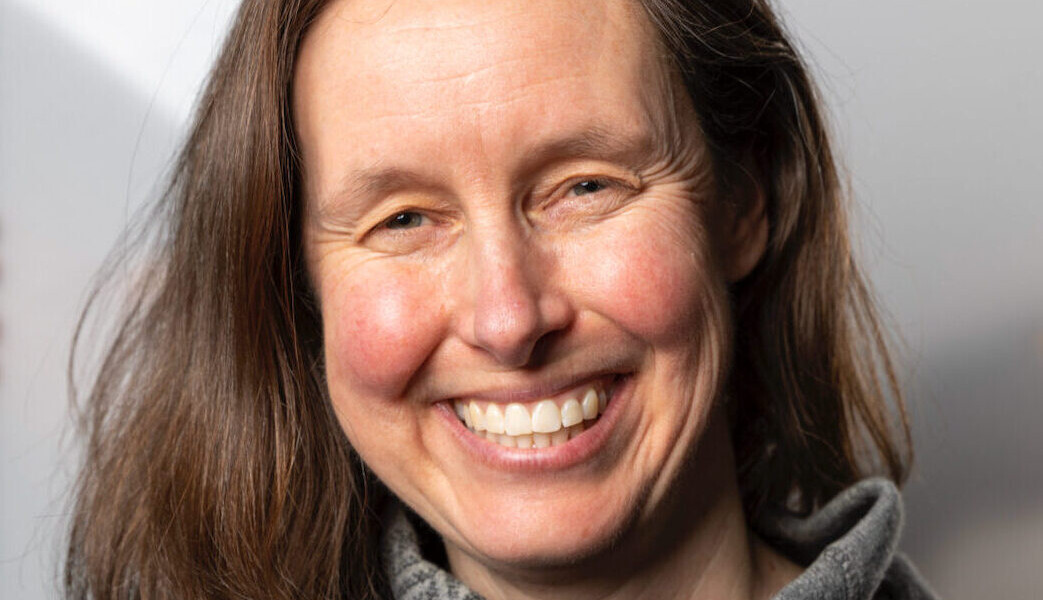By Patricia Prelock, Ph.D., CCC-SLP
Dean of the UVM College of Nursing and Health Sciences
The number of U.S. children with autism spectrum disorder (ASD) – a group of developmental disabilities that can cause significant social, communication and behavioral challenges – has increased to one in 68, a 30 percent increase since the Centers for Disease Control (CDC) estimated two years ago that one in 88 children suffered from the disorder.
This newest estimate is based on the CDC’s evaluation of health and educational records of all 8-year-old children in 11 states: Alabama, Wisconsin, Colorado, Missouri, Georgia, Arkansas, Arizona, Maryland, North Carolina, Utah, and New Jersey. The information was reported in the CDC’s Morbidity and Mortality Weekly Report.
Children with the most extreme form of autism are withdrawn, speak little, avoid eye contact, and engage in repetitive actions. Milder forms, such as Asperger’s syndrome, are now considered to fall along the autism spectrum.
Certainly our increased sophistication in diagnosis, as well as the evolving criteria over the past 20 years, has increased our awareness of those individuals who are affected by this disorder. What is concerning is that there are disparities in diagnoses in particular populations.
But the changing diagnostic criteria and sophistication in diagnosis cannot fully explain the expanding numbers of children affected. New and ongoing research needs to consider the likely elements that could impact the occurrence of the disorder, including the interactions among genetics and the environment, as well as what we are learning about the role of epigenetics.
It is more important than ever that we are effective in our diagnosis, and ensure children receive the intervention that will support their future success. Ultimately, we must attend to the social interaction and social communication and behavior needs of individuals with ASD, and provide those services most likely to support their independence and long-term success.
The Summer Autism Institute provides an incredible opportunity for continuing education and networking among families and providers. It also provides participants with the most up-to-date research and cutting-edge interventions that they can go out and try with the children and families they support.
UVM’s 2015 Summer Autism Institute
This year’s Summer Autism Institute will address aspects of inclusion and transition, research, and effective treatment of ASD. The event will be held June 24-26 at the DoubleTree by Hilton in South Burlington.
Featured presentations will include:
- From Inclusion to Transition: The Road to Independence with John Miller, MA
- Autism: What Have We Learned in the Past 125 Years? with James Coplan, MD
- Treatment for ASD: Scientific, Evidence-Based, Effective and Right with Gil Tippy, PsyD
Learn More
For more information or to register, visit www.uvm.edu/cnhs/autism_institute. For more information about autism, visit autismspeaks.org.
 Patricia Prelock, Ph.D., is dean of the College of Nursing and Health Sciences, professor of communication sciences & disorders, and professor of pediatrics in the University of Vermont College of Medicine at The University of Vermont Medical Center.
Patricia Prelock, Ph.D., is dean of the College of Nursing and Health Sciences, professor of communication sciences & disorders, and professor of pediatrics in the University of Vermont College of Medicine at The University of Vermont Medical Center.





